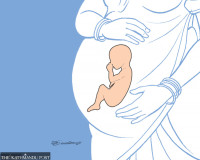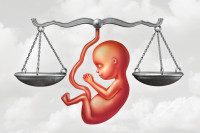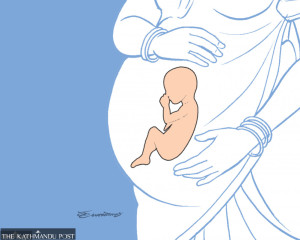Health
JE toll rises: 17 dead, 63 infected since June
Officials lament urgent pleas to donors for vaccines have gone unanswered.
Post Report
As many as 17 people, including children, have died, and 63 others have been infected with the Japanese encephalitis (JE) virus since the start of the monsoon in June this year.
Twenty-nine districts, including those in the Kathmandu Valley, have reported infection from the deadly virus, while 12 districts—Kailali, Kapilvastu, Palpa, Chitwan, Parsa, Rautahat, Sarlahi, Siraha, Dhanusha, Sindhuli, Jhapa and Sunsari—have reported deaths from the infection.
“We have alerted agencies concerned to conduct awareness drives and implement other prevention measures in the districts where Japanese encephalitis infections or deaths have been reported,” said Dr Abhiyan Gautam, chief of the Immunisation Section at the Family Welfare Division. “We have also requested various aid agencies, including the Global Alliance for Vaccines and Immunisation, to supply JE vaccine.”
Japanese encephalitis is a viral brain infection caused by the JE virus, which is endemic in Asia and parts of the Western Pacific. According to the World Health Organization, it is a mosquito-borne flavivirus, belonging to the same family as dengue, Zika, yellow fever, and West Nile viruses. The virus kills a third of those who fall ill and leaves up to half of those who survive with severe life-long disabilities, according to the UN health body.
Officials say that September and October are the peak months for JE outbreaks.
Health officials say this year’s death rate from the JE virus has exceeded 27 percent, and among the deceased, the number of children under 15 years of age is very high.
Nepal has included the vaccine in its routine immunisation list, which the government provides free of cost to all children.
The country started administering the vaccine doses in 2006, eight years before the World Health Organization officially issued prequalification certification, due to the high infection and deaths from the virus at the time.
In 2005, JE killed nearly 2,000 people in Nepal—mostly children from the districts of Tarai region.
In the first phase, all populations of the highly-affected four districts, Banke, Bardia, Dang, and Kailali, were inoculated with the JE vaccine. Later, the vaccination programme was expanded to 19 other affected districts, and children under 15 were inoculated.
The government integrated the JE vaccine into the routine immunisation list in 2015. Even though the vaccine is included in the regular immunisation list, several people still die, and dozens get infected by the deadly virus every year.
Data from the Health Ministry show that less than 50 percent of the infected patients were found inoculated with the vaccine.
Doctors say the disease has no cure, so treatment focuses on managing symptoms. However, safe and effective vaccines are available to prevent infection.
Health officials said they are aware of the deadly disease outbreak and have already started consulting aid agencies for help to finance the JE vaccination programme.
However, officials at the Department of Health Services said that none of the donors have taken health officials' requests seriously or shown interest in supporting the immunisation drive.
Public health experts say that this is the right time to vaccinate all those at risk. Even if the vaccine does not help in outbreak management, it provides immunity from future infections.
The JE virus is transmitted to humans through the bite of infected Culex mosquitoes. Pigs and ducks are considered natural reservoirs of the virus.
Doctors advise taking precautions to avoid mosquito bites, such as using mosquito repellents, wearing long-sleeved clothes, and getting vaccinated if one lives in or is travelling to disease-endemic areas. They also stress the importance of awareness and timely treatment to prevent infections and deaths.
An estimated 12.5 million people are thought to be at high risk of JE infection in Nepal.




 5.14°C Kathmandu
5.14°C Kathmandu













